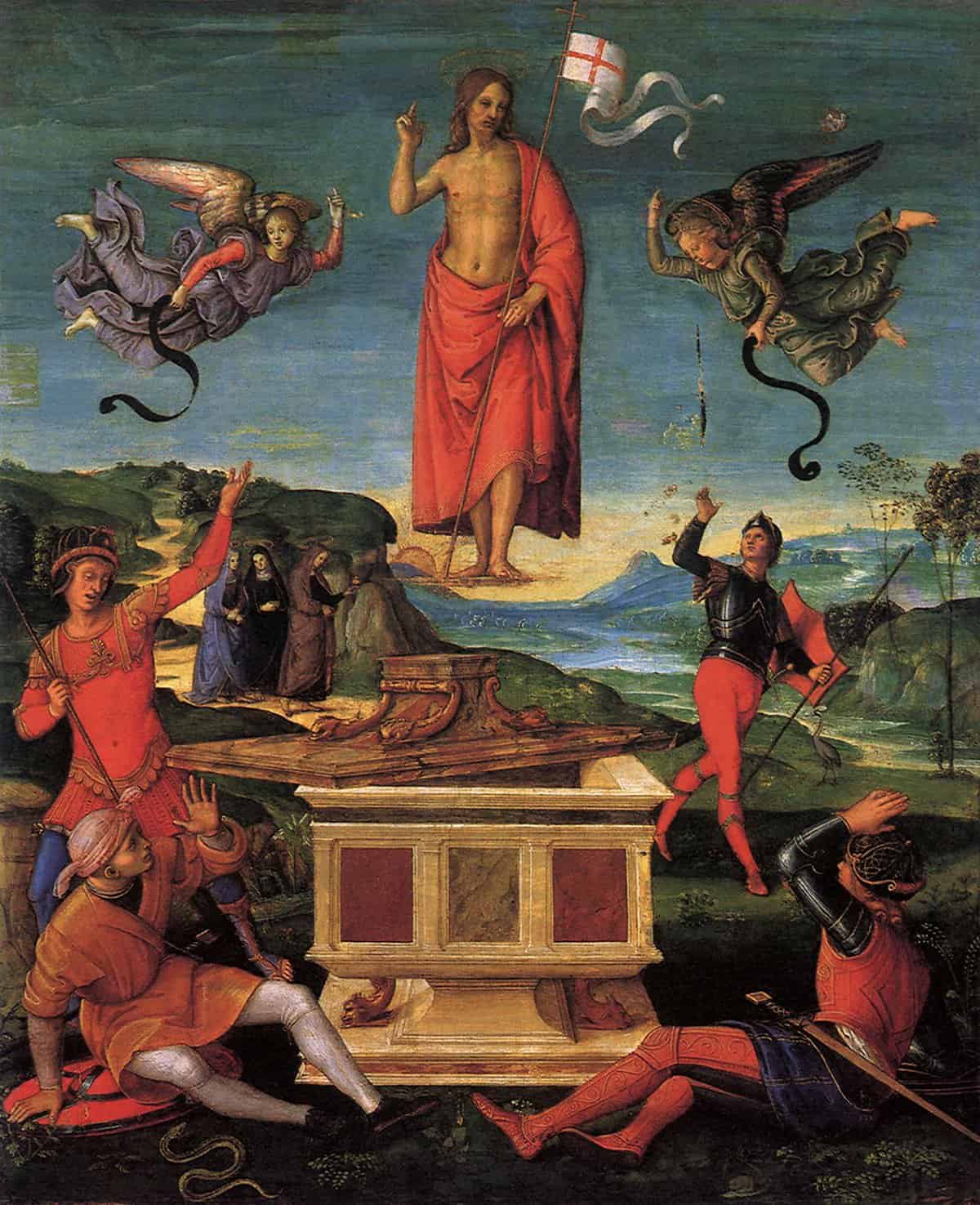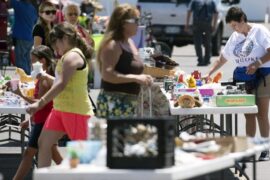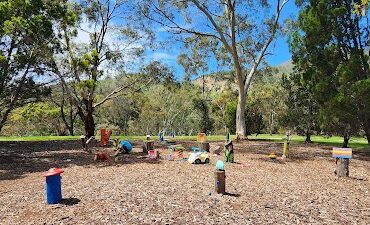The Whimsical Tale of Easter: A Family-Friendly Exploration
Hey there, fabulous families! Are you ready to take a hop, skip, and jump back in time to unravel the colorful tapestry of Easter Day history? ? Whether you’re all about the egg hunts or you delve deeply into the religious roots of the occasion, there’s a basketful of fascinating facts waiting for you. So, gather around, and let’s unfold the story of Easter together!
What’s Easter All About?
Before we deck out our gardens with hidden treats and watch our little ones don their bunny ears, let’s pause for a moment. It’s time to understand what’s at the heart of Easter. Originally, Easter marks the Christian celebration of the resurrection of Jesus Christ, observed on the Sunday following the first full moon after the vernal equinox. That’s certainly a mouthful, isn’t it? Think of it as springtime’s wake-up call saying, “Hey, it’s time for renewal and hope!” And, believe it or not, this has blossomed into a universal message cherished by many.
The Easter Bunny: From Ancient Symbol to Chocolate Treats
Here’s a fun tidbit to share at your next family gathering: the Easter Bunny isn’t just a character from a modern storybook. This fluffy fellow has some deep historical roots. Rabbits and hares have been symbols of fertility and new life since ancient times. So it was no surprise when they hopped into Easter lore as the bringers of eggs, another symbol of new beginnings. But how did we go from lore to having a giant bunny delivering chocolate eggs? Well, that’s part of the magic we’re still figuring out together!
Eggs-traordinary Easter Eggs: A Shell of a Tradition
Now, let’s crack into the history of Easter eggs – and no, we’re not talking about the digital ones you find in video games. Eggs have been a symbol of fertility and rebirth in many cultures long before Easter was established. Christians adopted the egg to represent Jesus’ emergence from the tomb and resurrection. Throughout history, eggs were dyed, painted, and decorated in celebration. Fast forward to today, and we’re all about the chocolate versions. (No complaints here, though!) Whether you’re painting hard-boiled eggs or hunting for the sweet kind, remember you’re partaking in an ancient tradition!
So far, we’ve scratched the surface of the history that makes up the Easter celebrations we know and love today. But there’s so much more to discover! In the next section, we’ll dive into the Easter Parade, explore what’s up with those delicious hot cross buns, and get to know the different ways people celebrate Easter around our marvelous world. Stay tuned as we continue our joyful exploration of Easter Day history.
And remember, while traditions might differ and stories can vary, the joy of Easter lies in the spirit of togetherness, renewal, and of course, the pure delight that shines in the eyes of our kiddos as they scurry about on their egg hunts. The essence of Easter, with its ancient roots and modern expressions, offers each family unique ways to come together and celebrate the spring season. So, let’s keep the excitement going as we uncover even more egg-citing chapters in the story of Easter!

5 Things Parents Should Know in Preparing for Easter Day History
- Understanding the Timeline: Walk your kiddos through the timeline of Holy Week, starting from Palm Sunday to Easter Sunday. This primes them for the story behind the holiday and can be a cherished time to connect with the deeper meanings behind the family celebrations.
- The Craft of Egg Decorating: It’s so much fun, but did you know it’s also a teachable moment? Share with your children how egg decorating can be traced back to medieval times. Each color, pattern, and design can hold significance, offering a brilliant gateway into art and history while flexing their creative muscles.
- Easter Around the World: Use the holiday as an opportunity to teach your children about cultural diversity. Explain how different countries have unique Easter traditions, from the Easter Bilby in Australia to the ‘Osterbrunnen’ in Germany, where fountains are decorated with eggs.
- Easter Foods with a Past: Involve the family in cooking traditional Easter recipes and discuss their origins. For instance, baking hot cross buns becomes an exploration of Victorian-era England, where the buns were symbolic of Good Friday. It’s a yummy way to talk about history!
- Eco-Friendly Easter: Encourage an appreciation for our planet by incorporating eco-friendly practices into your Easter traditions. Opt for natural dyes for egg painting, reusable decorations, and locally-sourced Easter treats to imbue your celebrations with contemporary, earth-loving values.
The Easter Parade: A Stitch in Time
In many communities, the Easter Parade is a highlight, featuring outfits brighter than the springtime blooms. The tradition can be traced back to the mid-1800s, where churchgoers in European and American cities would stroll after Easter services, showing off new spring outfits – a sign of renewal and affluence. This makes the perfect reason to unleash a little dress-up fun with the family!
Hot Cross Buns: A Tasty Tradition
Oh, those delightful hot cross buns! They’re not just a treat for the taste buds but also packed with symbolism. The cross atop represents the crucifixion of Jesus, and some say the spices inside signify those used to embalm him. Bake them with your little chefs, and while they rise, rise to the occasion to tell their tale.
Remember, families, as you gear up for this year’s Easter festivities, embracing its rich, multi-layered history can infuse your celebrations with greater significance and joy. Incorporate these tidbits into your family’s Easter traditions and watch the holiday come alive with stories, fun, and memorable learning moments for everyone. Have a hopping good time as you paint, bake, and parade your way through this ancient and ever-evolving springtime festival!
To be continued in the upcoming section where we’ll dive even deeper into more Easter fun facts and activities!
See more great Things to Do with Kids in New Zealand here. For more information see here
Disclaimer
The articles available via our website provide general information only and we strongly urge readers to exercise caution and conduct their own thorough research and fact-checking. The information presented should not be taken as absolute truth, and, to the maximum extent permitted by law, we will not be held liable for any inaccuracies or errors in the content. It is essential for individuals to independently verify and validate the information before making any decisions or taking any actions based on the articles.




